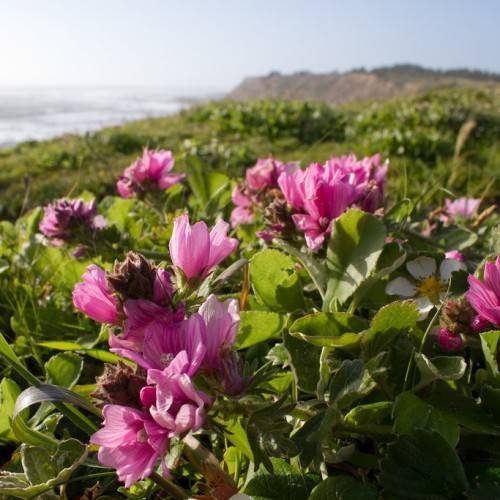
checkerbloom
Sidalcea malviflora
Also Known As - prairie mallowCycle:
Perennial
Watering:
Average
Hardiness Zone:
10
Flowers:
Flowers In Summer
Sun:
full sun,part shade
Soil:
Well-drained
Fruits:
Fruits In Autumn Ready In Summer
Leaf:
Yes
Growth Rate:
Low
Maintenance:
Low
Poisonous To Humans:
Yes
Poisonous To Pets:
Yes
Drought Tolerant:
Yes
Salt Tolerant:
Yes
Indoors:
Yes
Care Level:
Medium
watering
String-of-pearls (Senecio rowleyanus (syn. Curio rowleyanus)) prefers medium amounts of consistent watering. It should be watered when the soil has nearly dried out (about once a week). To ensure proper watering it is best to soak the soil thoroughly and then allow any excess water to drain. When temperatures are warmer, watering frequency should increase to more than once per week.
sunlight
The string-of-pearls plant species requires bright, indirect sunlight for optimal growth. It is best to provide 4–6 hours of sunlight each day. Direct sunlight can cause the leaves to burn so it is important to keep the plant in a bright but shaded area. If the leaves start to fade, it is a sign that the plant is not getting enough sunlight. If the plant is exposed to too much sunlight, move it to a more shaded area or provide additional coverage in the form of curtains, blinds, or shades.
pruning
String-of-pearls (Senecio rowleyanus (syn. Curio rowleyanus)) should be pruned lightly throughout the growing season. Pruning should begin as soon as new growth starts in the spring, and continue until it slows in late summer. Pruning should generally consist of pinching or cutting up to 2/3 of the stem tips, without cutting the main stem. Pinching the growing tips helps to create a fuller, more bushy plant, while cutting the stems encourages new growth along the entire stem. Keep in mind that over-pruning can result in a loss of foliage. To achieve an optimal shape, prune as needed during the growing season.
